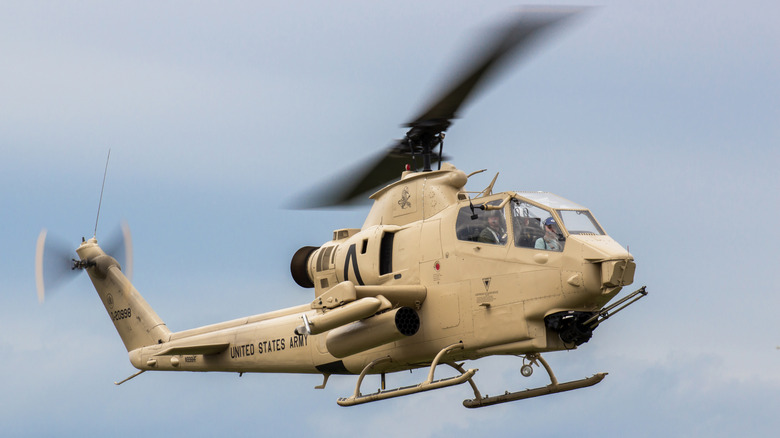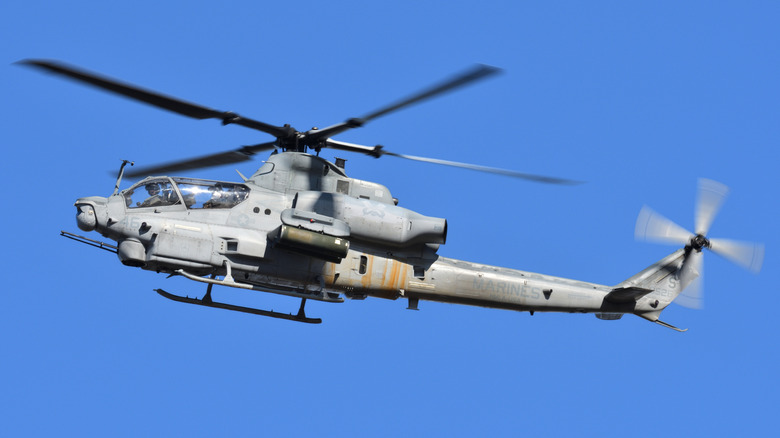Why The US Army Retired The AH-1 Cobra (But The Marines Didn't)
The AH-1 Cobra attack chopper evolved from the UH-1 Huey and proved itself in countless missions for the U.S. military over the years. But while the Army eventually phased it out, the Marine Corps held on. The reasons behind that choice reveal something deeper about how each branch fights and what it needs from the skies.
As the military's oldest attack helicopter, the AH-1 Cobra had some clear limitations. It didn't perform well in low-light conditions, couldn't carry Hellfire missiles, and it was notoriously expensive to maintain. Rather than support a third scout-attack platform, the Army chose to cut costs and simplify operations by retiring it altogether. This move happened around the year 2000, as the Army began streamlining its fleet with newer, more capable helicopters like the Apache and the Comanche.
But the Marines stuck with the Cobra because it suited their unique needs, especially for operating from ships and amphibious missions. The Marines' version of the Cobra was even updated to handle anti-armor operations, convoy protection, and nighttime strikes. Over time, continual upgrades produced a powerful, reliable helicopter that met the Marines' needs and could evolve with them, thus eliminating the cost and hassle of developing a completely new helicopter.
The AH-1 Cobra's legacy continues with the AH-1Z Viper
The U.S. Marine Corps officially retired the AH-1W Super Cobra, a variation of the original AH-1 Cobra, in 2020, after 34 years of service. First flown in 1983 and delivered to the Marines starting in 1986, the Super Cobra logged over 933,000 flight hours and played an important role in conflicts from Desert Storm to operations in Libya.
The Marines replaced the Super Cobra with the AH-1Z Viper, a more advanced attack chopper featuring a four-bladed composite rotor, upgraded transmission, a new tail rotor, reinforced landing gear, and a fully integrated glass cockpit. The Viper also featured an advanced fire control system and carried a wide range of weapons. Taking on threats in the air and on the ground, the Viper quickly became one of the most versatile and reliable attack helicopters in active service, even when compared to the AH-64 Apache.
The Viper also shares most of its parts with the Marine Corps' UH‑1Y Huey, aka Venom, which makes maintenance and training simpler and cheaper. Both choppers go through the Integrated Maintenance Program, which includes two in-depth inspections to keep them mission-ready at all times.

